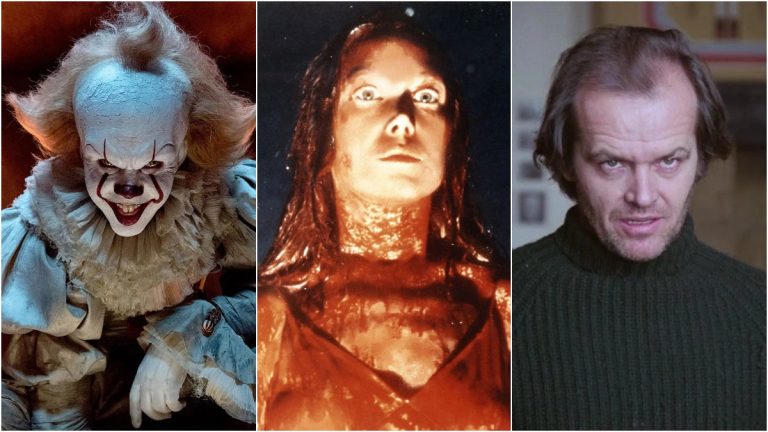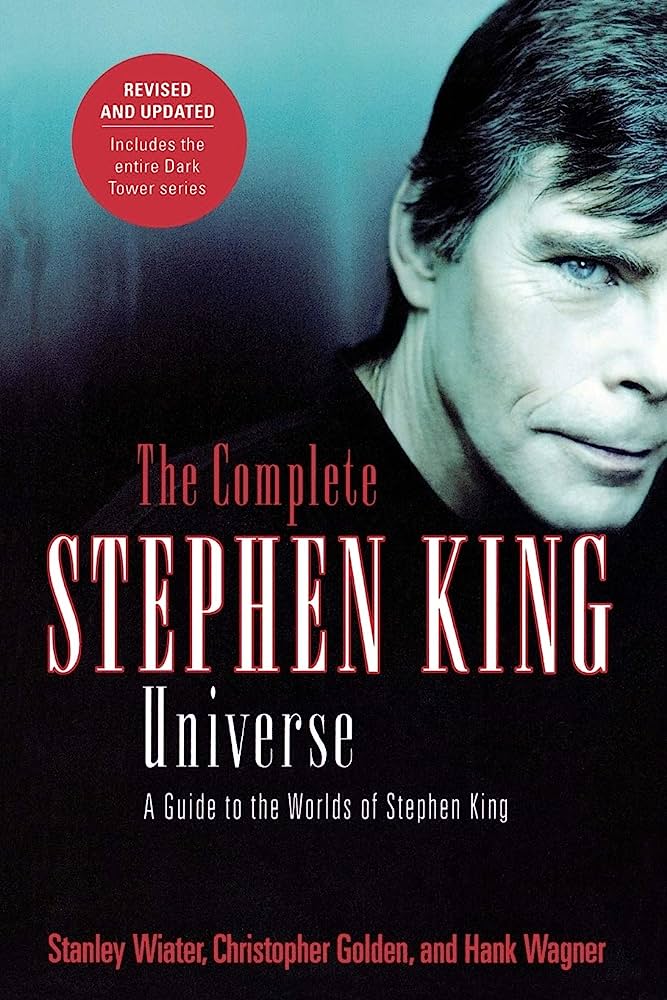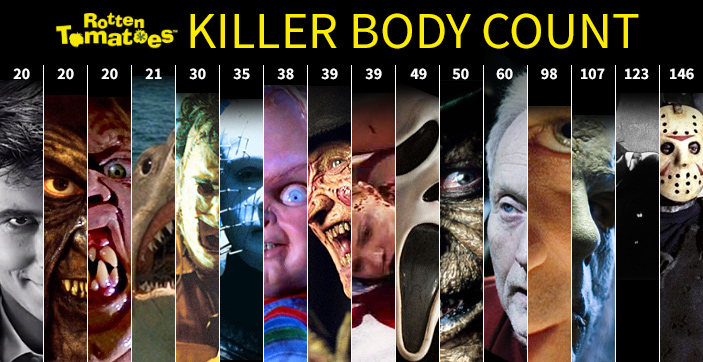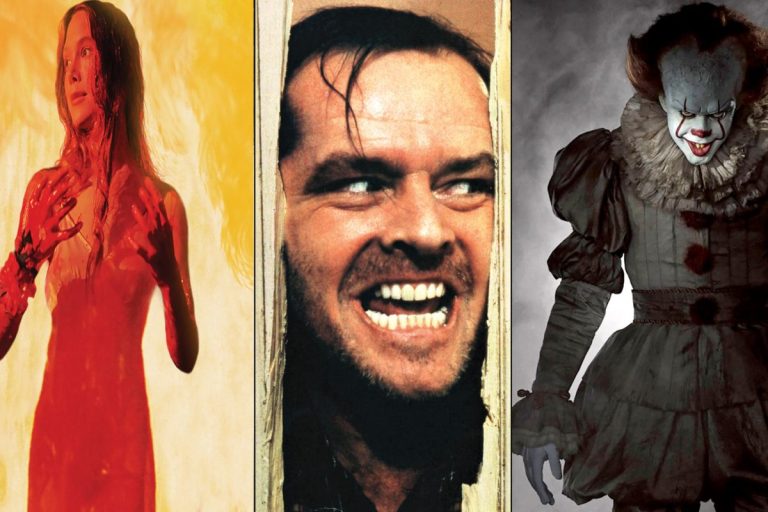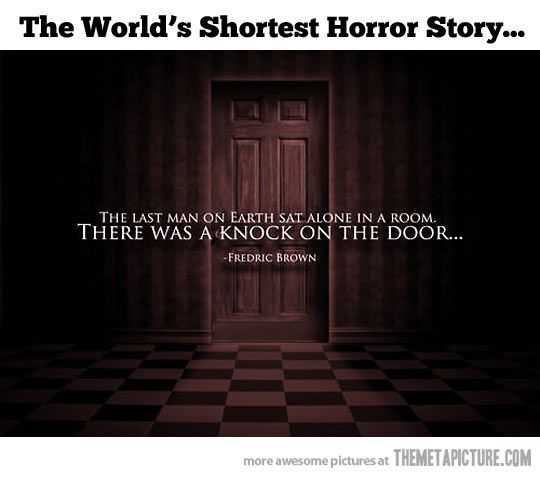Stephen King Movies: The Soundtrack Of Nightmares
Get ready to dive into the chilling world of Stephen King movies, where nightmares come to life and the soundtracks haunt your dreams. From the iconic “It” to the spine-tingling “The Shining,” Stephen King movies have captivated audiences for decades. These films are not only known for their gripping stories and terrifying visuals, but also for their unforgettable soundtracks that add an extra layer of horror to the experience. So, grab your popcorn and prepare to be both thrilled and terrified as we explore the soundtracks that have become the stuff of nightmares.
When it comes to Stephen King movies, the soundtracks play a crucial role in setting the tone and enhancing the overall atmosphere. They have the power to send shivers down your spine, evoke a sense of unease, and make your heart race with anticipation. Whether it’s the haunting melodies of a piano, the eerie whispers of a choir, or the dissonant notes of a synthesizer, these soundtracks have a way of getting under your skin and staying with you long after the credits roll. So, if you’re a fan of horror and appreciate the power of music in enhancing the cinematic experience, then join us as we delve into the world of Stephen King movies and explore the soundtracks that have become synonymous with nightmares. Get ready to have your senses overwhelmed and your dreams haunted by the spine-chilling melodies that make Stephen King movies truly unforgettable.

Stephen King Movies: The Soundtrack of Nightmares
Stephen King is a master of horror, and his novels have captivated readers for decades. But it’s not just his words that send shivers down our spines. The film adaptations of his work have also become iconic, thanks in part to the haunting and chilling soundtracks that accompany them. From the ominous piano notes of “The Shining” to the eerie synth sounds of “It,” the music in Stephen King movies plays a crucial role in creating an atmosphere of fear and suspense. In this article, we will explore the spine-tingling soundtracks that have become the soundtrack of nightmares for horror fans around the world.
The Shining: A Symphony of Dread
“The Shining” is widely regarded as one of the greatest horror movies ever made, and its soundtrack is no exception. Composed by Wendy Carlos and Rachel Elkind, the score is a haunting blend of classical music and eerie synthesizers. The main theme, with its repetitive and dissonant piano notes, perfectly captures the sense of unease and impending doom that permeates the film. Every time those chilling chords play, we know that something sinister is about to happen.
But it’s not just the main theme that makes the soundtrack of “The Shining” so effective. The use of classical pieces like Bartok’s “Music for Strings, Percussion, and Celesta” adds an extra layer of sophistication to the terror. The juxtaposition of beautiful music with horrifying imagery creates a sense of cognitive dissonance that adds to the overall unease of the film. It’s a soundtrack that stays with you long after the movie is over, haunting your dreams just like the Overlook Hotel.
A Symphony of Dread: Emotional Manipulation through Music
One of the reasons the soundtrack of “The Shining” is so effective is its ability to manipulate the audience’s emotions. Music has a powerful effect on our moods and can evoke a wide range of emotions. In “The Shining,” the dissonant and unsettling score creates a constant sense of unease and tension, keeping us on the edge of our seats. But it’s not just the eerie sounds that do the trick.
The use of classical pieces, such as the aforementioned Bartok composition, adds a layer of emotional depth to the film. The beautiful melodies and harmonies create a sense of familiarity and comfort, only to be shattered by moments of horror and violence. This contrast heightens the impact of the scares and makes them all the more shocking. It’s a masterful use of music to manipulate our emotions and keep us fully engaged in the story.
It: The Sound of Pennywise’s Laughter
“It” is another Stephen King adaptation that has terrified audiences around the world. The story of a shape-shifting clown named Pennywise preying on the fears of children is nightmare fuel on its own, but the soundtrack takes the horror to another level. Composed by Benjamin Wallfisch, the score combines eerie melodies, dissonant sounds, and even the sound of children’s laughter to create a sense of creeping dread.
The main theme of “It” is instantly recognizable and instantly unsettling. The use of a children’s choir singing a haunting melody adds an extra layer of creepiness to the already chilling soundtrack. It’s a prime example of how music can evoke fear and unease in ways that visuals alone cannot. Every time we hear that haunting melody, we know that Pennywise is lurking just around the corner, ready to strike.
The Sound of Pennywise’s Laughter: The Power of Sound Design
The soundtrack of “It” goes beyond traditional music to include sound design elements that heighten the horror. The use of dissonant sounds, whispers, and children’s laughter creates an atmosphere of constant unease. The soundscape feels alive, as if Pennywise’s presence is always lurking just beneath the surface.
The soundtrack also cleverly incorporates motifs and themes associated with Pennywise, such as the sound of a music box or a distorted carnival tune. These recurring elements not only create a sense of continuity throughout the film but also reinforce the sinister nature of the clown. It’s a masterclass in sound design and shows how the right combination of music and sound effects can elevate a horror movie to new levels of terror.
The Influence of Stephen King’s Soundtracks
The soundtracks of Stephen King movies have had a lasting impact on the horror genre. They have become iconic in their own right, instantly recognizable to fans and synonymous with terror. The haunting melodies and chilling sounds have become part of our collective nightmares, forever associated with the horrors that unfold on screen.
These soundtracks have also inspired countless composers and filmmakers, influencing the way they approach horror movies. The use of dissonant sounds, eerie melodies, and clever sound design techniques can be traced back to the works of Stephen King and the talented composers who brought his stories to life.
In conclusion, the soundtracks of Stephen King movies are more than just background music. They are an integral part of the storytelling, adding depth, emotion, and terror to the films. Whether it’s the haunting piano notes of “The Shining” or the creepy melodies of “It,” these soundtracks have become the soundtrack of nightmares for horror fans around the world. So next time you watch a Stephen King adaptation, pay close attention to the music. It might just be the key to unlocking a whole new level of fear.
Key Takeaways: Stephen King Movies – The Soundtrack of Nightmares
- The soundtracks in Stephen King movies play a crucial role in creating a terrifying atmosphere.
- Music enhances the suspense and tension in key scenes, making them even more chilling.
- Stephen King often collaborates with renowned composers to create unique and haunting soundtracks.
- The combination of eerie melodies and unsettling sounds immerses the audience in a world of horror.
- The soundtrack choices in Stephen King movies are carefully curated to enhance the overall experience and leave a lasting impact.
Frequently Asked Questions
Q: What are some iconic Stephen King movies known for their haunting soundtracks?
A: Stephen King movies have a reputation for delivering spine-chilling stories accompanied by unforgettable soundtracks. One of the most iconic films in this regard is “The Shining” (1980), directed by Stanley Kubrick. The eerie and unsettling score composed by Wendy Carlos and Rachel Elkind perfectly captures the sense of dread and suspense throughout the film. Another notable Stephen King adaptation with a memorable soundtrack is “It” (2017), directed by Andy Muschietti. The haunting melodies composed by Benjamin Wallfisch heighten the sense of horror and create a truly immersive experience for the audience.
Other Stephen King movies that stand out for their chilling soundtracks include “Carrie” (1976), “Misery” (1990), and “Pet Sematary” (1989). These films effectively use music to enhance the atmosphere and intensify the scares, making them unforgettable cinematic experiences.
Q: Who are some renowned composers known for creating the soundtracks for Stephen King movies?
A: Several talented composers have contributed their skills to the soundtracks of Stephen King movies, enriching the viewing experience with their haunting and atmospheric music. One notable composer is Hans Zimmer, who composed the score for “The Dark Tower” (2017), a film adaptation of Stephen King’s epic fantasy series. Zimmer’s music adds depth and intensity to the story, creating a captivating audio accompaniment.
Another renowned composer associated with Stephen King movies is Christopher Young. He composed the score for “The Grudge” (2004), a horror film based on a Japanese franchise. Young’s music effectively captures the eerie and suspenseful nature of the story, leaving a lasting impression on the audience.
Q: How does the soundtrack contribute to the overall atmosphere in Stephen King movies?
A: The soundtrack plays a crucial role in setting the tone and atmosphere of Stephen King movies, enhancing the overall viewing experience. The haunting melodies, dissonant chords, and eerie soundscapes create a sense of unease and anticipation, keeping the audience on the edge of their seats. The music acts as a powerful tool to build tension, heighten scares, and immerse viewers in the world of the story.
By carefully selecting the right compositions and utilizing sound design techniques, the filmmakers are able to manipulate emotions and intensify the impact of key moments. The soundtrack becomes an integral part of the storytelling, effectively conveying the psychological and supernatural aspects of Stephen King’s narratives.
Q: Are there any Stephen King movies that feature popular songs in addition to the original score?
A: Yes, there are a few Stephen King movies that incorporate popular songs alongside the original score. One notable example is “Stand by Me” (1986), directed by Rob Reiner and based on Stephen King’s novella “The Body.” The film features a soundtrack filled with classic hits from the 1950s and 1960s, which not only enhances the nostalgic atmosphere but also adds depth to the story.
Another film that blends popular songs with its score is “Christine” (1983), directed by John Carpenter. The soundtrack includes iconic rock ‘n’ roll tunes from the 1950s and 1960s, creating a dynamic and energetic backdrop for the supernatural story of a possessed car.
Q: How does the music in Stephen King movies contribute to the emotional impact of the stories?
A: The music in Stephen King movies plays a crucial role in evoking emotions and enhancing the audience’s connection to the characters and narrative. The carefully crafted compositions, whether atmospheric or melodic, help to heighten the emotional impact of key scenes. For instance, during moments of suspense or terror, the music builds tension and creates a sense of fear and anticipation.
Conversely, during poignant or reflective moments, the music can evoke feelings of sadness, nostalgia, or hope. It adds depth and resonance to the characters’ experiences and helps the audience empathize with their struggles. The power of music in Stephen King movies lies in its ability to amplify and intensify the emotional journey of the viewers, making the stories even more impactful and memorable.
Premiere STEPHEN KING’S “STORM OF THE CENTURY” FULL MOVIE Terror that takes you by storm!
Final Summary: Stephen King Movies – A Symphony of Nightmarish Soundtracks
As we conclude our exploration of Stephen King movies, one thing becomes abundantly clear: the soundtrack plays a pivotal role in creating an atmosphere of terror and suspense. From the haunting melodies to the spine-chilling compositions, these films have mastered the art of using music to enhance the sense of dread and unease. The synergy between sound and visuals is impeccable, leaving audiences with an unforgettable experience that lingers long after the credits roll.
In the world of Stephen King, the soundtrack is not just background noise; it is a character in itself. The ominous notes that accompany the arrival of Pennywise in “It,” the pulsating beats that intensify the chase scenes in “The Shining,” or the eerie lullabies that echo through the halls of the Overlook Hotel, all contribute to the nightmarish atmosphere. These soundtracks have become iconic, instantly recognizable to fans and synonymous with the horror genre. They heighten our senses, raise our heart rates, and ensure that we are fully immersed in the terrifying worlds Stephen King has created.
So, next time you settle in to watch a Stephen King adaptation, pay close attention to the soundtrack. Let the haunting melodies and chilling compositions transport you to a realm of nightmares. Allow yourself to be enveloped in the music that serves as the heartbeat of these films. And remember, it’s not just a soundtrack; it’s an auditory journey into the depths of horror that will leave you with an indelible sense of unease. Stephen King movies truly are the soundtrack of nightmares.

